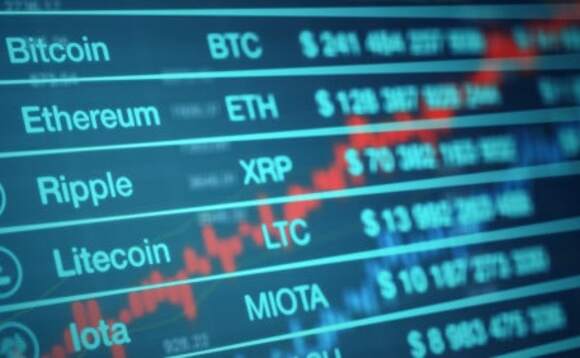Hong Kong-issued tether is the latest cryptocurrency to suffer losses, as investors pulled $7bn of investment, according to a Financial Times report.
It followed the destabilisation of TerraUSD, the stablecoin which fell from $118 to $0 last week.
Tether, which can be hosted on the Ethereum and Bitcoin blockchains, among others, briefly lost its one-to-one US dollar peg last week, and saw its market value fall by 9% since May 12, to $76bn, as tokens were removed from circulation to appease investors, according to CryptoCompare data.
Tether traded at 95 cents last Thursday (12 May), below the $1 level it aims to maintain, triggering unrest across broader digital asset markets.
In a speech given on Monday (16 May), executive board members at the European Central Bank (ECB), Fabio Panetta, said: "There is no guarantee that [stablecoins] can be redeemed at par at any time - just last week the world's biggest stablecoin temporarily lost its peg to the dollar.
"And stablecoins do not benefit form deposit insurance, nor do they have access to central bank standing facilities. They are therefore vulnerable to runs, as we have just seen with the crash of another stablecoin - TerraUSD."
Senior IMF official warns cryptocurrencies could 'destabilise' emerging markets
Regulation continues to remain light around cryptocurrency trading, although the Bank of England noted in a March 2022 report that stablecoins "could play an increasingly important role in payments".
"Currently stablecoins are not used to make mainstream payments. But as cryptoasset markets develop, there could be potential for a stablecoin to launch and scale up rapidly, becoming a systemic payment system," it said.
It added, however, that consumer confidence in money and payments could be "undermined" if a stablecoin used in payments infrastructure "failed to meet obligations".
At the same time as tether suffered outflows, rival token USD coin took in 5% over the same period.
As tether is backed by financial asset reserves, stability risks could pose a threat to household wealth.
The issuer has not yet released comprehensive information about the reserves, but explained tokens were backed by a collection of dollar-based assets, equal to the size of tokens outstanding.










